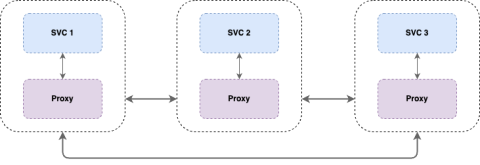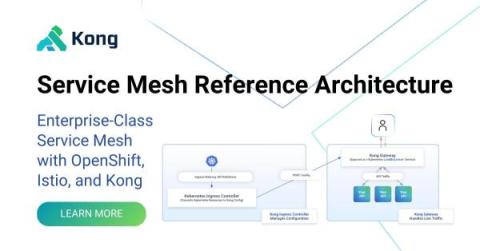Deploying Kong Mesh with Konnect on AWS ECS
The focus of this blog is to provide step-by-step instructions for deploying and configuring Kong Mesh with Kong Konnect on an AWS ECS instance so that anyone will be able to get pre-production installation of Kong Mesh standing up on their own.











